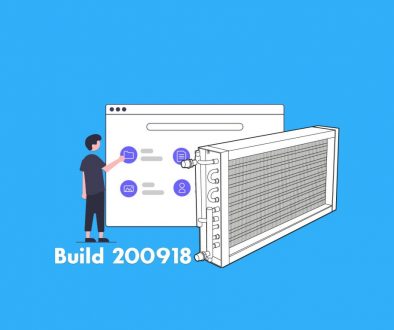COOLING TOWERS AND LEGIONNAIRE’S DISEASE, PART. 3: INSTALLING
In the previous article, we saw that the best way to keep installations safe and efficient is to prevent the uncontrolled multiplication and spread of the Legionnaire’s desease bacteria. To achieve this, it is essential a comprehensive approach focused on:
- Selecting, positioning and installing the different components of the system correctly
- Defining and executing an appropriate treatment program to maintain water quality within control parameters
- Elaborating and executing a preventive maintenance program
- Properly monitoring and keeping records of system operation and circulating water quality
Evaporative coolers and evaporative condensers, as mentioned above, must not be installed:
- near windows or air intakes in air conditioning systems, so as to prevent exhaust air from the towers and evaporative condensers from entering the buildings;
- in areas intended for public use or collection.
In particular, the outlets of the towers and condensers should be positioned at least 2 metres above the top of any element or place to be protected or at a horizontal distance of at least 20 metres (preferably more than 50 metres) or more in the presence of prevailing winds.
The constructive materials of the hydraulic circuit must resist the aggressive action of water, chlorine and other disinfectants in order to avoid corrosion.
Porous and/or absorbent materials that facilitate the development of bacteria and fungi such as fibre cement, cement and cellulose derivatives must be avoided.
It is recommended that the metal parts of the system be subjected to chemical, physical-chemical or physical treatment to facilitate the prevention of corrosion during its operation.
The system must also be easily accessible in the internal parts, in order to facilitate inspection and ordinary/extraordinary maintenance, cleaning, disinfection and sampling.
The internal surfaces of the drip tray should be as smooth as possible, with rounded corners and easy to clean and disinfect.
The bottom of the tank must be designed to prevent water from stagnating and have at least one discharge, located at the lowest point, for the evacuation of the sediment.
By Francesco Viola, Thermodynamic Engineer
Sources:
Guidelines for the prevention and control of Legionellosis, edited by the Italian Ministry of Health
Eurovent, Guidelines on how to maintain efficient and safe cooling systems







